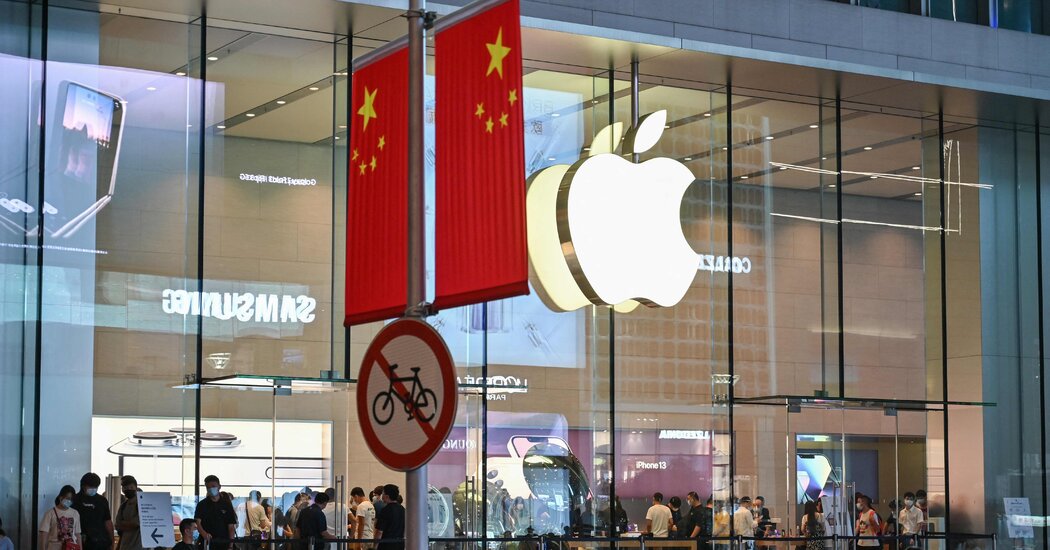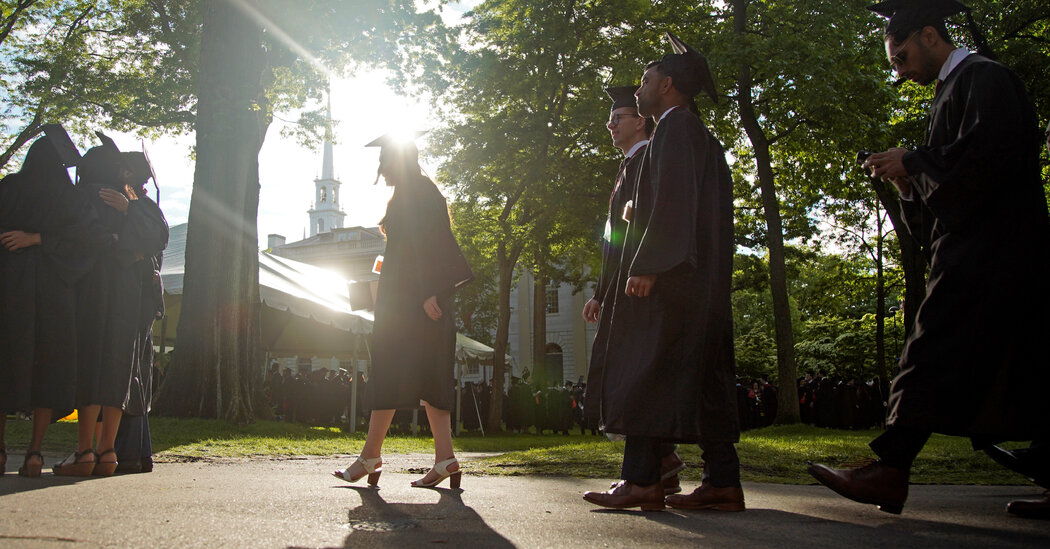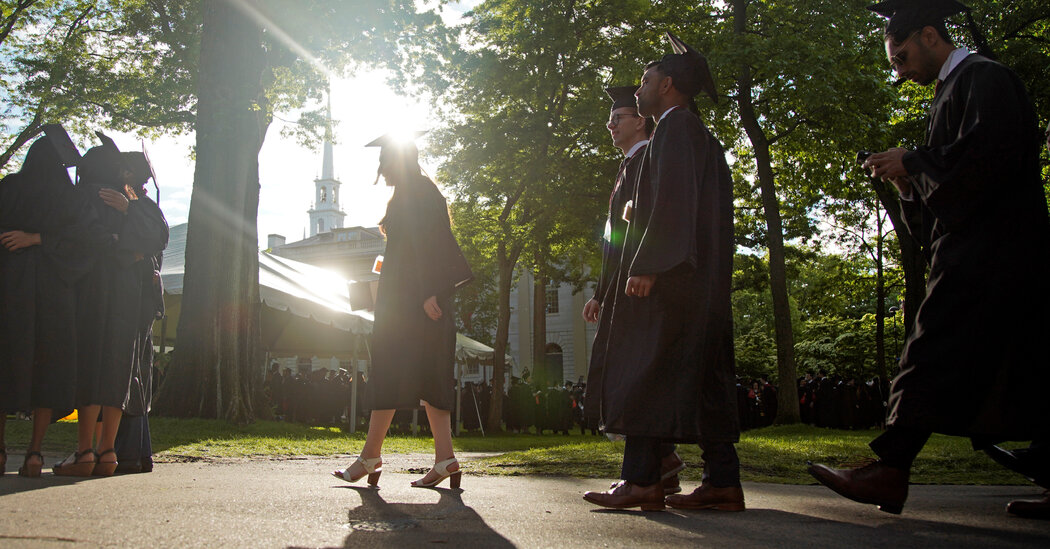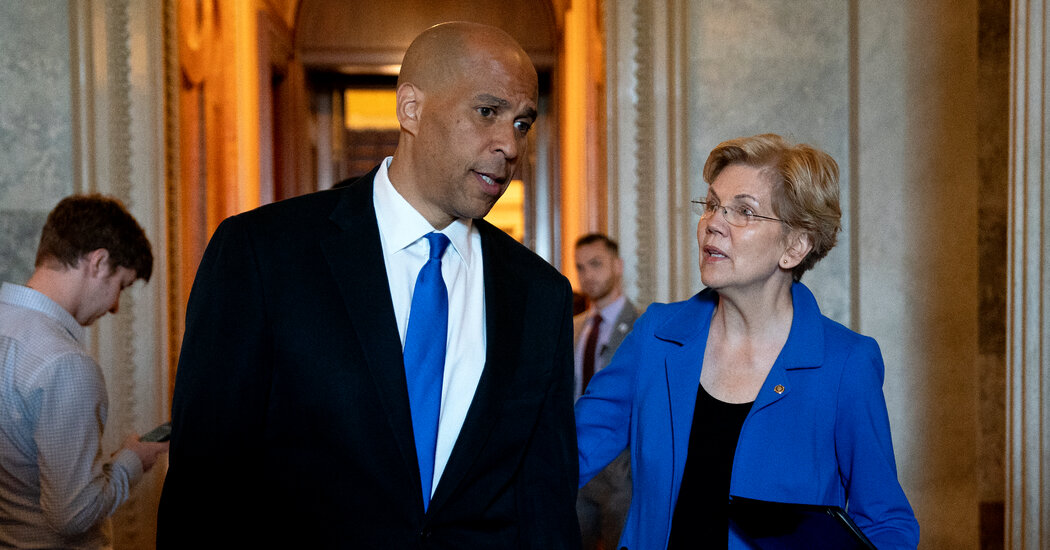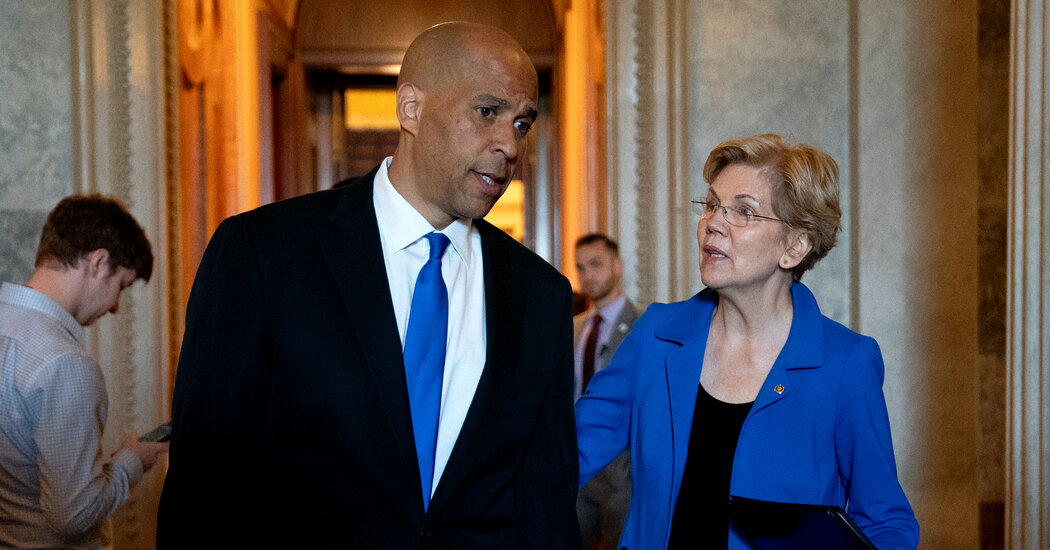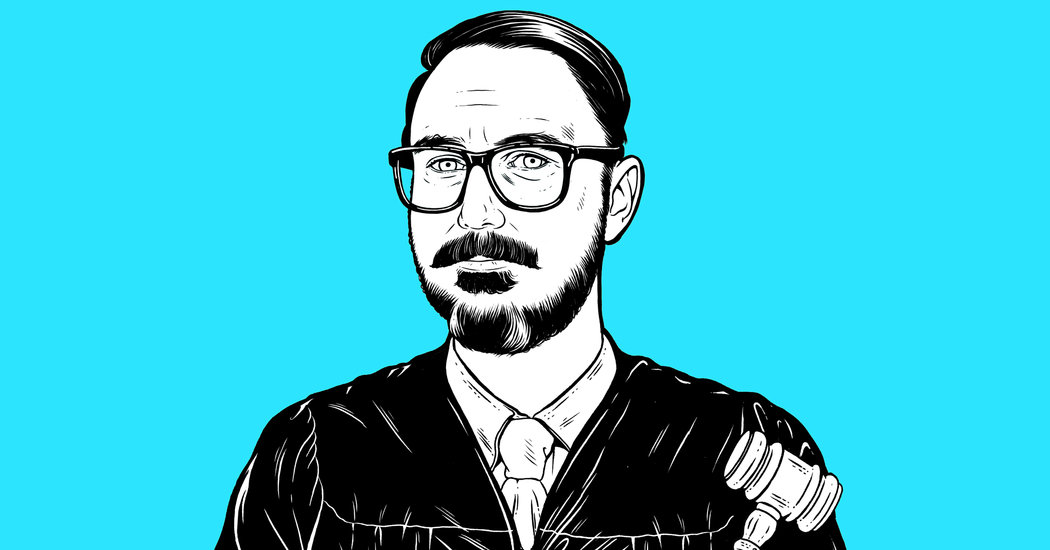
Millions of Americans received stimulus checks from the federal government during the depths of the pandemic. This year, many states have a budget surplus and are using some of it to help taxpayers deal with high inflation.
As many as 20 states — depending on who’s counting — are offering one-time rebates or expanded tax credits. That’s up from just a handful last year, said Richard Auxier, a senior policy associate with the Tax Policy Center.
Some states have already distributed the payments, but others will be sending checks well into next year. You may want to contact your state tax agency to see if you may still be eligible — particularly if you don’t regularly file an income tax return, Mr. Auxier said.
Many states can afford to be generous. They have benefited from federal Covid-19 relief money and have seen higher tax revenue as their economies have rebounded from pandemic closings. At the same time, high inflation — while easing somewhat recently — continues to burden consumers. That has led states to offer “inflation relief” as well as general tax cuts and expanded sales tax holidays.
“This lets states play Santa Claus,” Mr. Auxier said.
The state payments are often smaller than the stimulus checks sent by the federal government in 2020 and 2021, but can be substantial, leading some economists to worry that they could fuel inflation by encouraging spending. New Mexico, for instance, offered up to $1,500 in rebates and direct relief. Some residents can file a 2021 state tax return as late as May 31 of next year and still be eligible for a payment.
Inflation F.A.Q.
What is inflation? Inflation is a loss of purchasing power over time, meaning your dollar will not go as far tomorrow as it did today. It is typically expressed as the annual change in prices for everyday goods and services such as food, furniture, apparel, transportation and toys.
What causes inflation? It can be the result of rising consumer demand. But inflation can also rise and fall based on developments that have little to do with economic conditions, such as limited oil production and supply chain problems.
Is inflation bad? It depends on the circumstances. Fast price increases spell trouble, but moderate price gains can lead to higher wages and job growth.
How does inflation affect the poor? Inflation can be especially hard to shoulder for poor households because they spend a bigger chunk of their budgets on necessities like food, housing and gas.
Can inflation affect the stock market? Rapid inflation typically spells trouble for stocks. Financial assets in general have historically fared badly during inflation booms, while tangible assets like houses have held their value better.
Some states, including California, base payments on a taxpayer’s income (up to $250,000 for singles and $500,000 for married couples, in 2020). They must have filed a state tax return by Oct. 15, 2021. The state’s “middle-class tax refund” credit ranges from $200 to $1,050, and payments began in October and are continuing through January.
Still others — like South Carolina — limit rebates to people who had a tax liability for 2021, meaning people who ended up owing no tax last year won’t get a rebate. The rebates are worth up to $800.
Some states have to send rebates. A Massachusetts law requires that tax revenue over the state’s annual tax revenue cap be returned to taxpayers, and a state audit determined that the cap was exceeded. Taxpayers will receive refunds equal to about 14 percent of their tax billfor 2021. Taxpayers who have already filed their 2021 returns should get their refund by mid-December, according to the state’s website. If you haven’t filed yet, you can still get a refund if you file by Sept. 15, 2023.
New York is paying rebates to homeowners through a new, one-year program based on factors like income and where they live. The state is also sending checks to families and workers who claim the state’s child tax credit or earned-income tax credit, and the average payment is $270, the governor’s office has said. Most eligible New Yorkers should have received them by the end of October.
New Jersey expanded eligibility for property tax rebates with its ANCHOR tax relief program. Residents who owned or rented their main home in the state on Oct. 1, 2019, and had 2019 household income up to $250,000 (for owners) and $150,000 (renters) are eligible. Homeowners will get $1,000 or $1,500, depending on their income; renters get $450. Residents have until Dec. 30 to apply for the credit. Payments are expected to be made no later than May. (The rebates are intended as an annual program, rather than a one-time offering, said Danielle Currie, a spokeswoman for the state’s Treasury Department.)
Other states offering some type of rebate or credit are Colorado, Connecticut, Delaware, Florida, Georgia, Hawaii, Idaho, Illinois, Indiana, Maine, Oregon, Pennsylvania, Rhode Island and Virginia.
Here are some questions and answers about state relief payments:
What if I have questions about relief payments in my state?
Tax matters are typically handled by state tax agencies or revenue departments. The Federation of Tax Administrators’ website offers a list of agencies with contact information.
Are the state relief checks sent automatically?
It varies, so check your state’s program for details. In many states, you don’t have to submit an application, but you must have filed an income tax return for a specific year to qualify.
What if my payment is smaller than expected?
Some states may subtract amounts for past-due tax bills, unpaid child support or other debts from the rebates.








